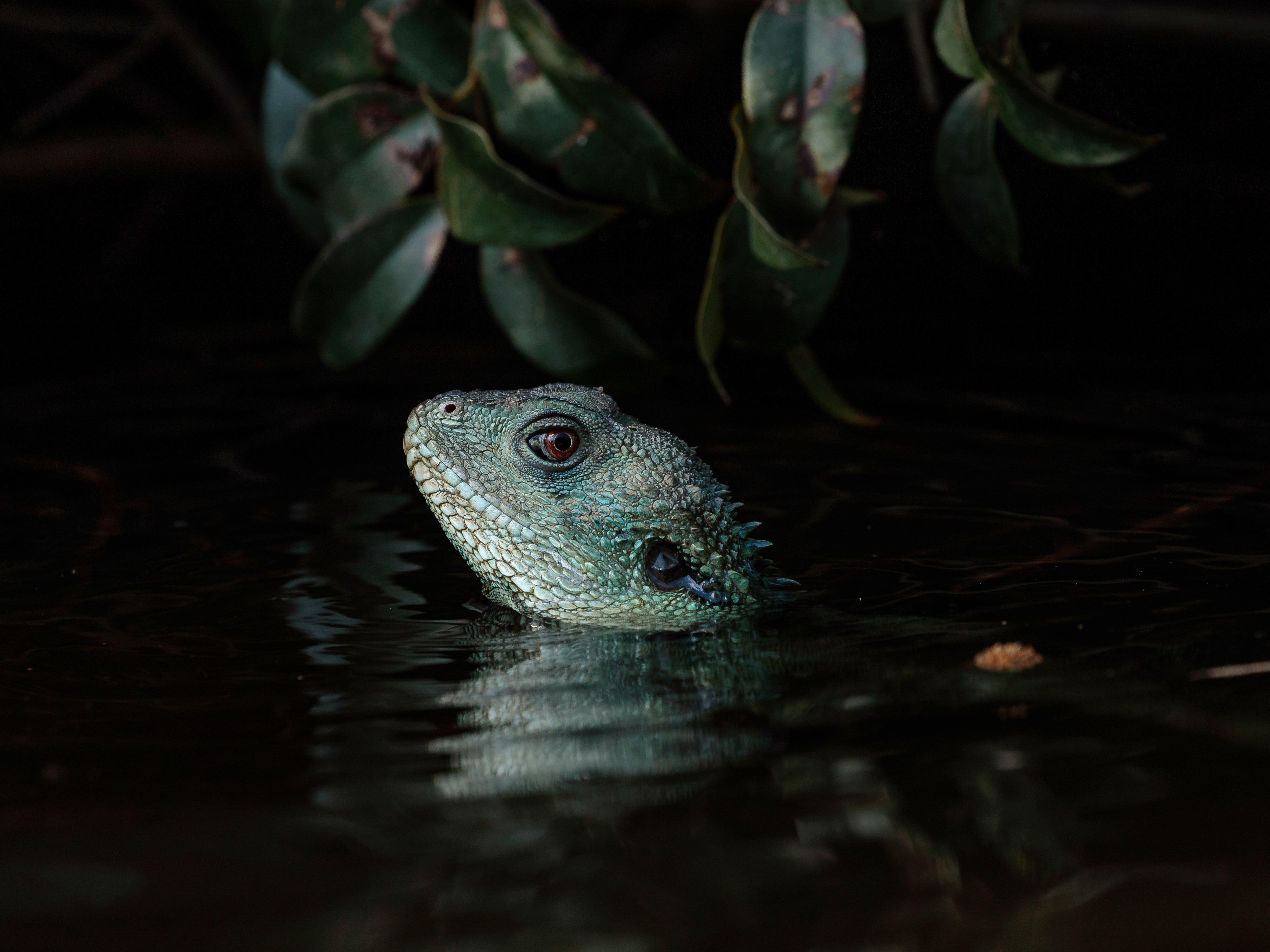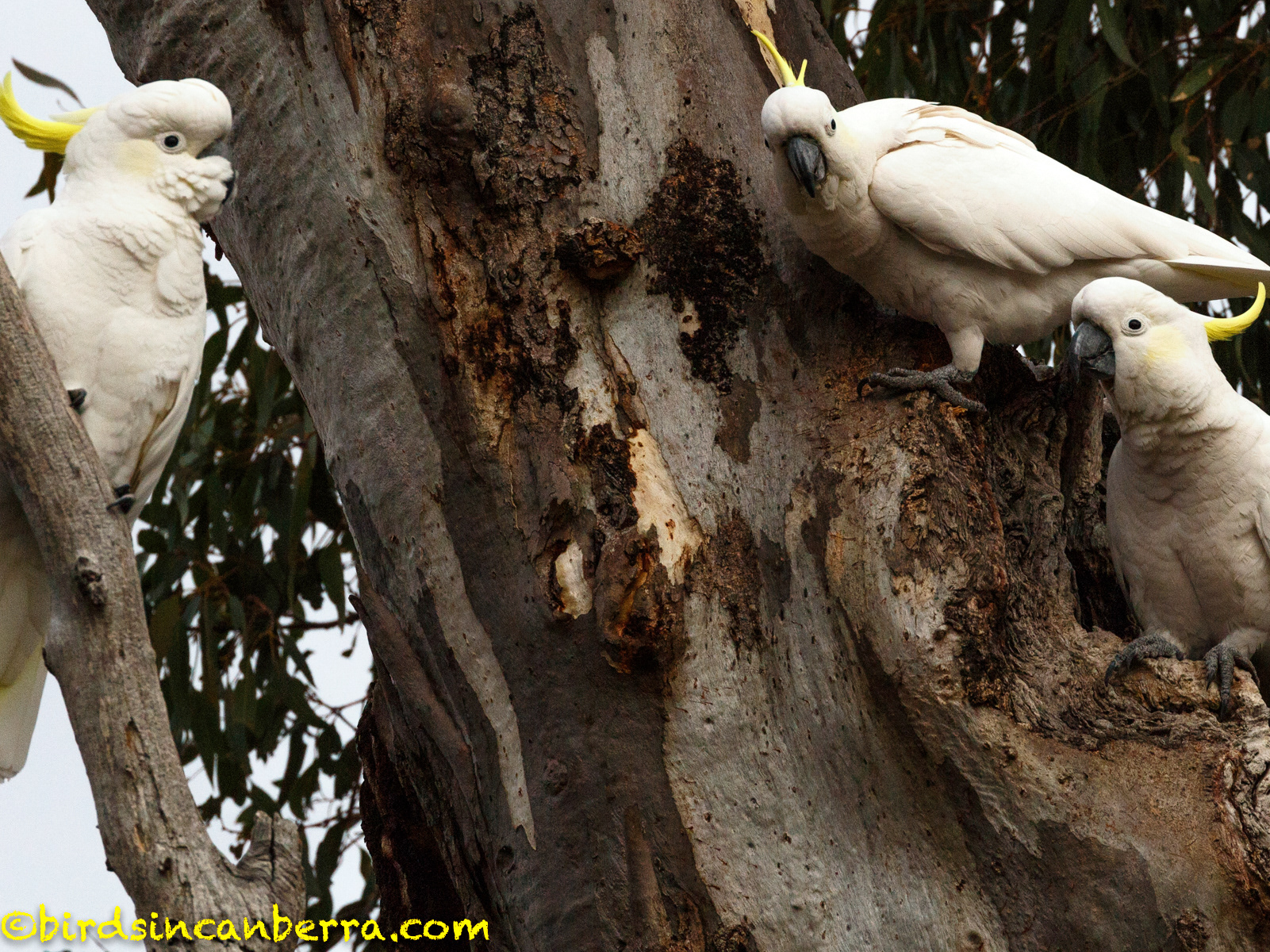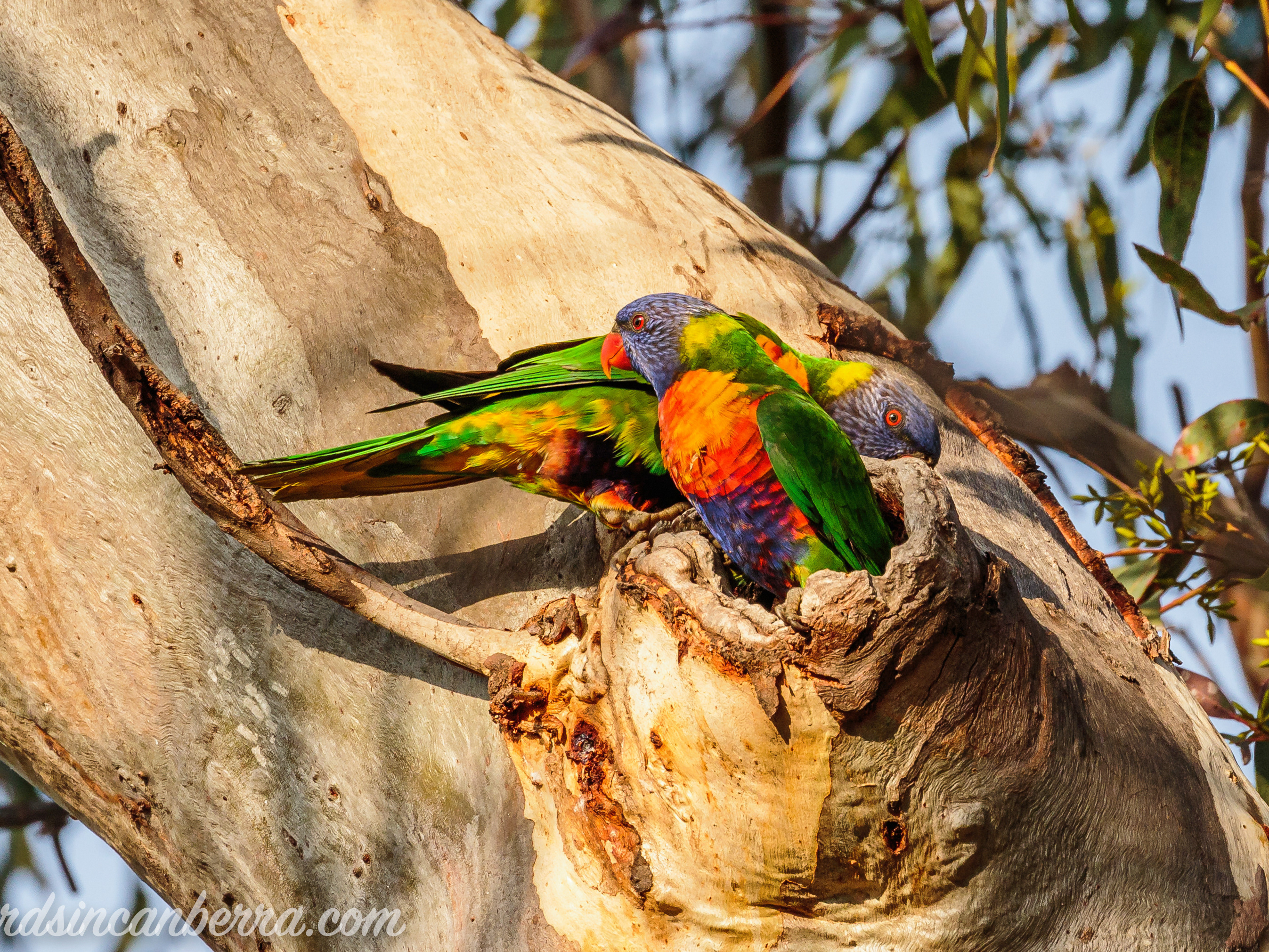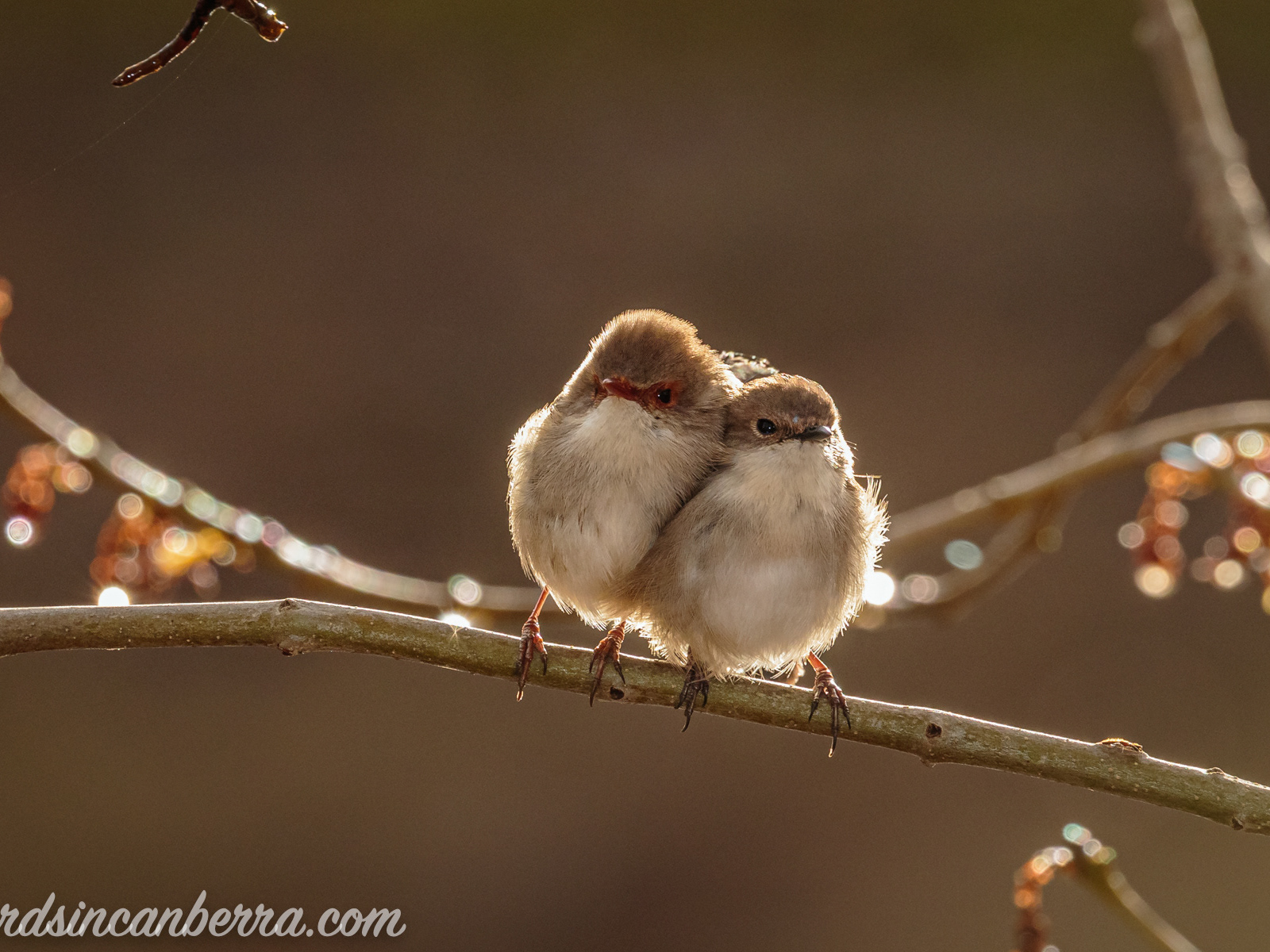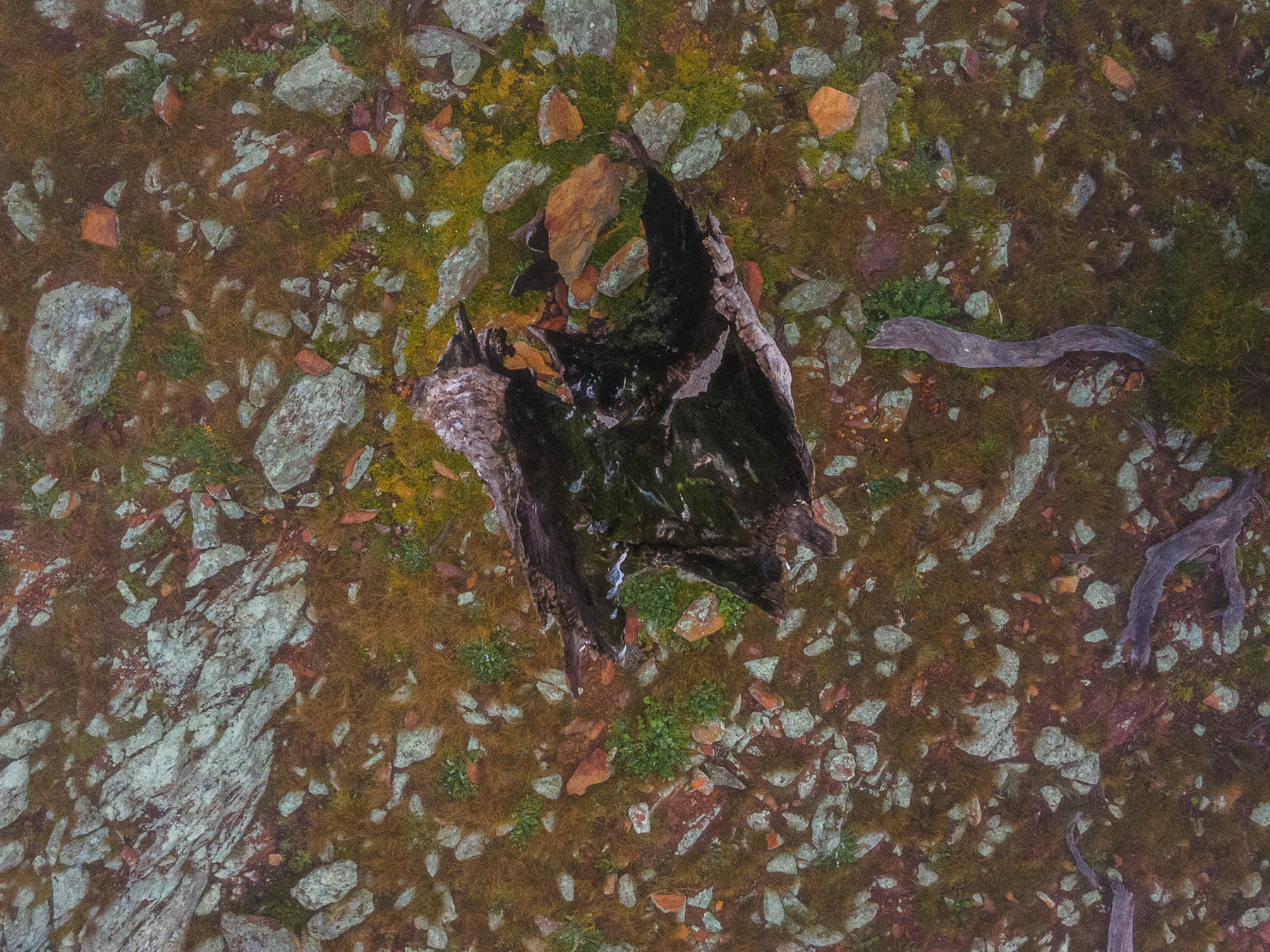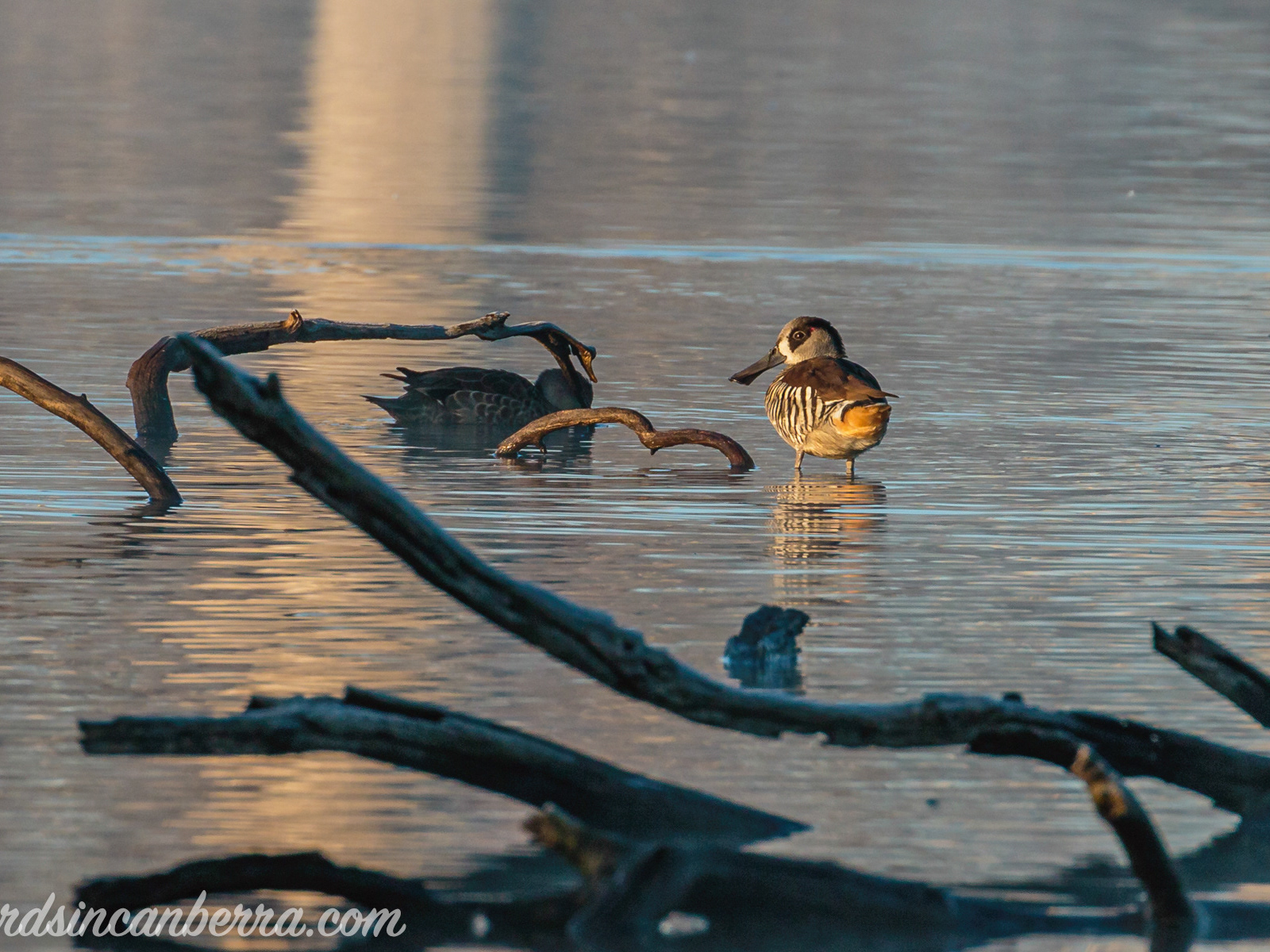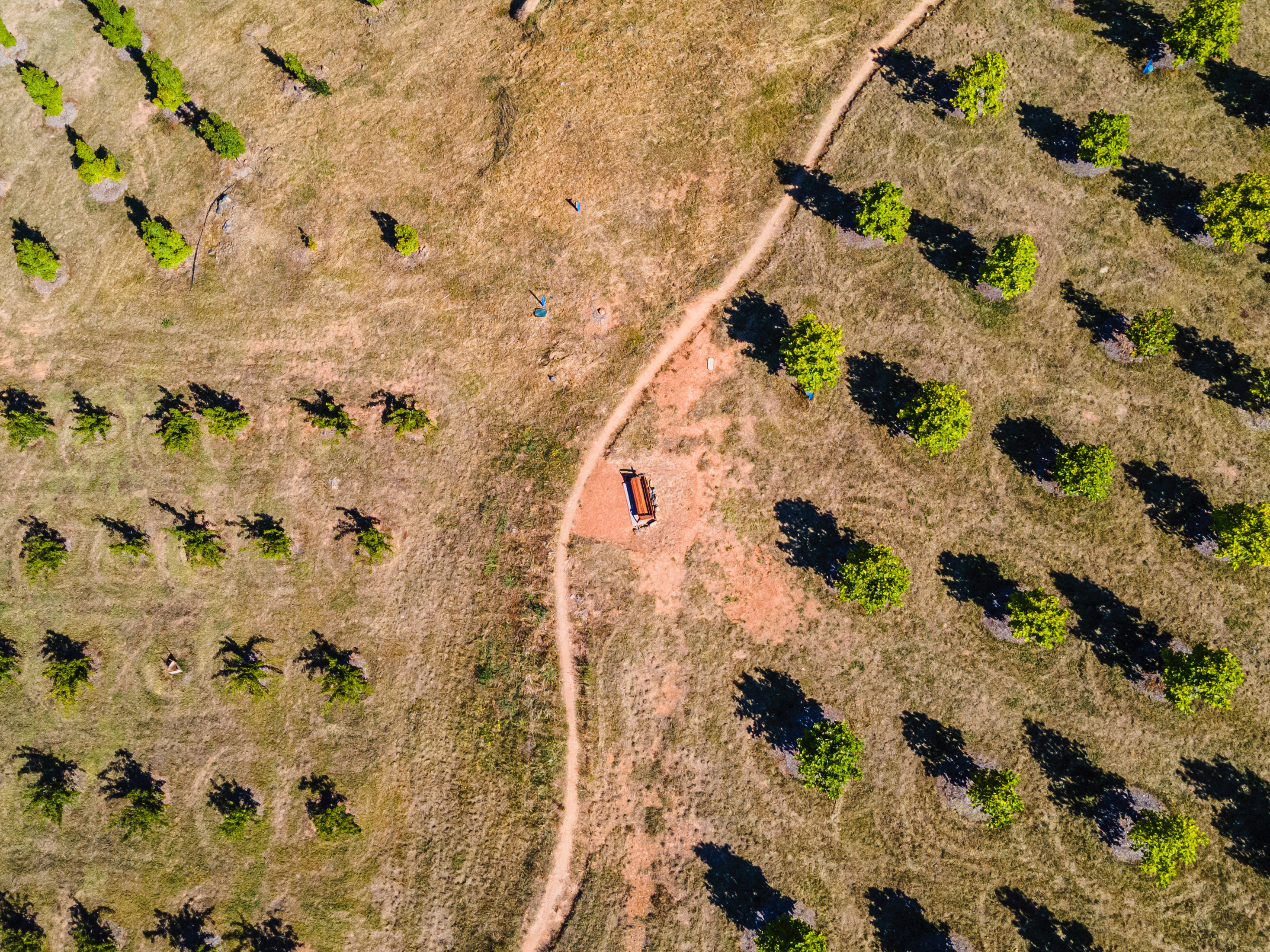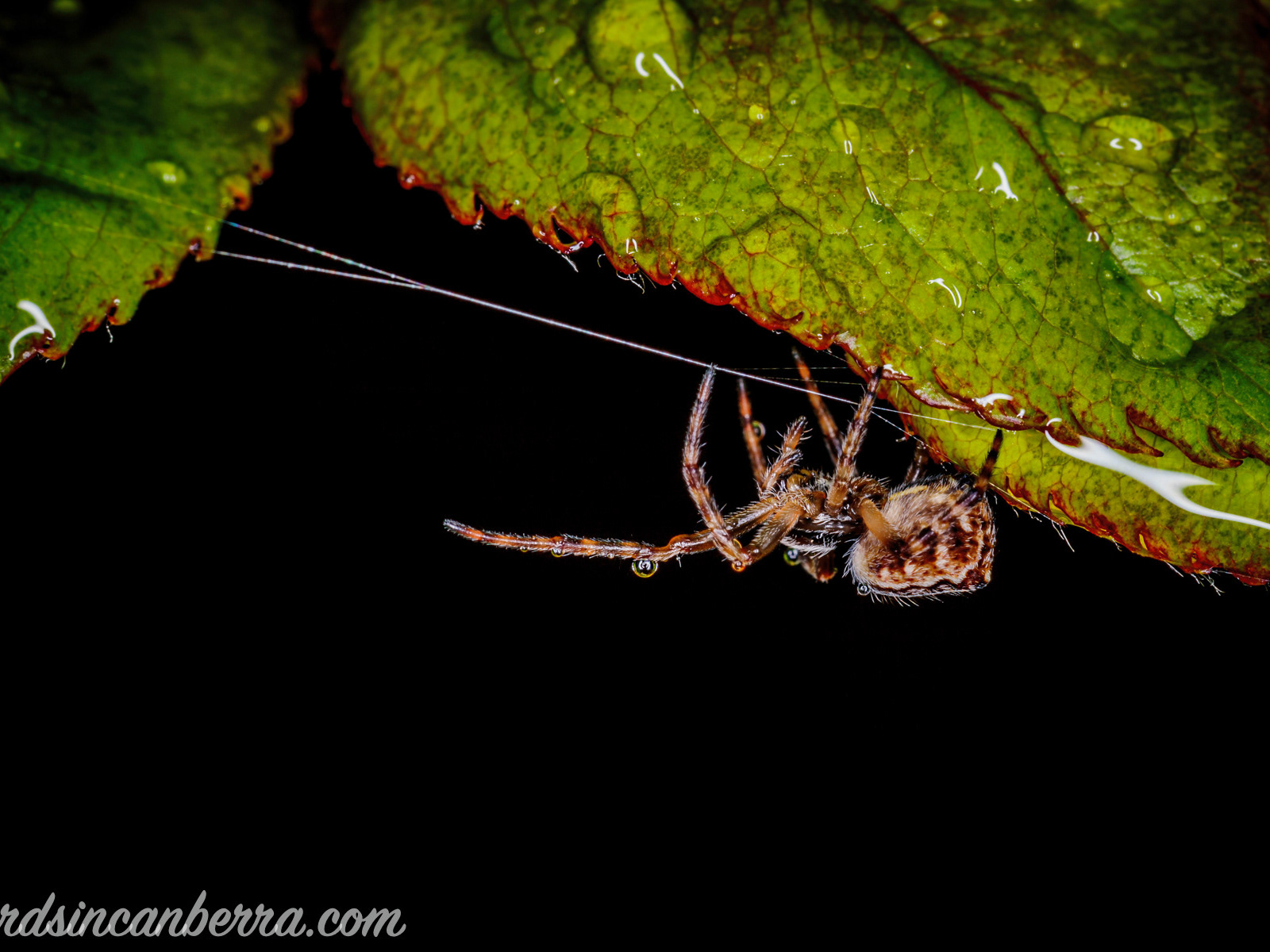The back garden of the house we were staying in at Narooma was relatively secluded from our neighbours on either side. To the rear was a nature reserve with well established eucalyptus and other trees, but also with an understory for smaller birds to seek shelter in. Over the summer the house’s garden was rich with blooming flowers that honeyeaters enjoyed and attracted insects for the insect-eaters to prey on. The garden was alive with life that barely cared if I was there. Hanging out the washing on the back clothes line always took a while because I was constantly distracted. I started carrying my camera with me because I wanted to capture some of this activity. One day a Little Wattlebird was sampling the nectar from the well established Cape Honeysuckle. The bird wood have some nectar from a few flowers in the group before flying to another group, only to return to the original group a little while later. It was the embodiment of being spoilt with riches and wanting to have it all but not knowing where to eat next.
This is the third post in a series of five looking at different aspects of wildlife at Narooma. In this post I am covering the birds and other animals that enriched the house we stayed in. I thoroughly enjoyed my time watching the birds at the flowers in the garden nnd I hope that you enjoy the photographs below.
More of this story is on my blog at https://bit.ly/narooma_part_3
Little Wattlebird in Cape Honeysuckle
(Canon EOS 6D Mk II with a Canon EF100-400mm f4.5-5.6L IS II USM [ISO 160, 400mm, f/8.0 and 1/400 SEC])
Grey Fantail peering from the rim of a pot
(Canon EOS 6D Mk II with a Canon EF100-400mm f4.5-5.6L IS II USM [ISO 1000, 400mm, f/8.0 and 1/400 SEC])
Superb Fairy-wren female with a juicy insect
(Canon EOS 6D Mk II with a Canon EF100-400mm f4.5-5.6L IS II USM [ISO 250, 400mm, f/8.0 and 1/500 SEC])
Superb Fairy-wren male
(Canon EOS 6D Mk II with a Canon EF100-400mm f4.5-5.6L IS II USM [ISO 500, 400mm, f/8.0 and 1/400 SEC])
Superb Fairy-wren female on the right with chicks
(Canon EOS 6D Mk II with a Canon EF100-400mm f4.5-5.6L IS II USM [ISO 200, 400mm, f/8.0 and 1/400 SEC])
New Holland Honeyeaters pulling at plant fibres
(Canon EOS 6D Mk II with a Canon EF100-400mm f4.5-5.6L IS II USM [ISO 200, 400mm, f/8.0 and 1/400 SEC])
Lewin’s Honeyeater
(Canon EOS 6D Mk II with a Canon EF100-400mm f4.5-5.6L IS II USM [ISO 500, 400mm, f/8.0 and 1/400 SEC])
Eastern Spinebill taking nectar on the wing
(Canon EOS 6D Mk II with a Canon EF100-400mm f4.5-5.6L IS II USM [ISO 800, 400mm, f/11 and 1/1250 SEC])
Little Wattlebird enjoying the Cape Honeysuckle
(Canon EOS 6D Mk II with a Canon EF100-400mm f4.5-5.6L IS II USM [ISO 125, 400mm, f/8.0 and 1/400 SEC])
Red-browed Finch
(Canon EOS 6D Mk II with a Canon EF100-400mm f4.5-5.6L IS II USM [ISO 200, 400mm, f/8.0 and 1/400 SEC])
Grey Shrike-thrush immature bird calling
(Canon EOS 6D Mk II with a Canon EF100-400mm f4.5-5.6L IS II USM [ISO 800, 400mm, f/8.0 and 1/400 SEC])
Grey Shrike-thrush flying up the window
(Canon EOS 6D Mk II with a Canon EF100-400mm f4.5-5.6L IS II USM [ISO 2500, 164mm, f/8.0 and 1/1600 SEC])
Eastern Water Skink in the garden
(Canon EOS 6D Mk II with a Canon EF100-400mm f4.5-5.6L IS II USM [ISO 400, 400mm, f/8.0 and 1/400 SEC])
Yellow-bellied Water Skink prowling along the front path
(Canon EOS 6D Mk II with a Canon EF100-400mm f4.5-5.6L IS II USM [ISO 320, 400mm, f/8.0 and 1/400 SEC])
Jervis Bay Tree Frog on a glass window one night
(Canon EOS 6D Mk II with a Canon EF100mm f/2.8L Macro IS USM [ISO 100, 100mm, f/14 and 1/180 SEC])
Our friendly huntsman who stayed with us for a couple of weeks
(Canon EOS 6D Mk II with a Canon EF100-400mm f4.5-5.6L IS II USM [ISO 100, 400mm, f/18 and 1/180 SEC] with Canon 430EX III-RT flash)
Millipede on the tile floor
(Canon EOS 6D Mk II with a Canon EF100mm f/2.8L Macro IS USM [ISO 250, 100mm, f18 and 1/180 SEC] with Canon 430EX III-RT flash)
The house we stayed in was a lovely place, ideally located and with a garden that provided a nice private grove for us to relax in with birds all around. It was nice to spend time there and hanging out the washing took longer each day as I discovered more and more animals around me. Just doing that daily chore surrounded by so much life energised me and put me in a happy frame of mind for the rest of the day.
Thanks for reading this post and thanks also for looking at my photos. I hope you come back again to read more about some of the wonderful natural things that the south coast of New South Wales has on offer. All the best until the next post, Living between land and water - Beautiful Narooma Part 4, Summer 2022/23.
